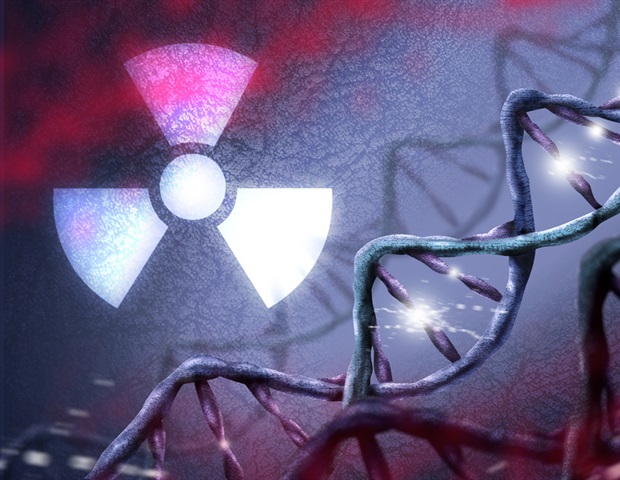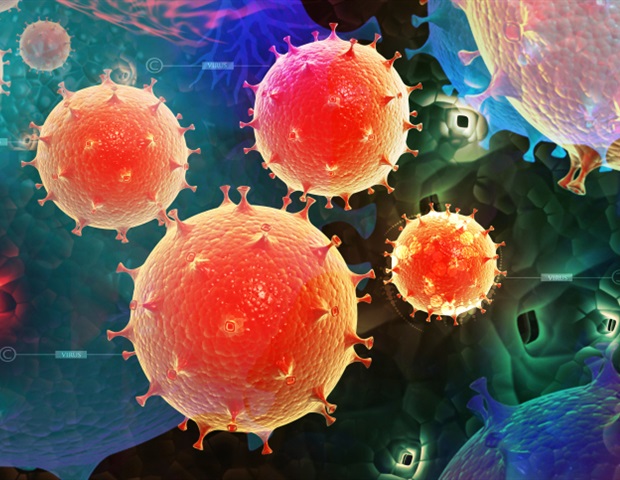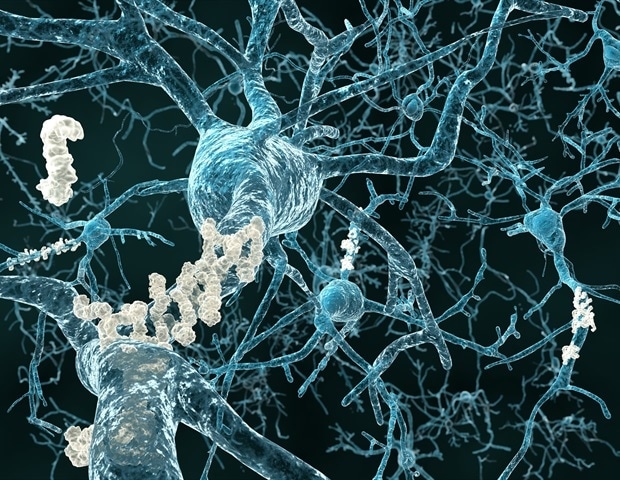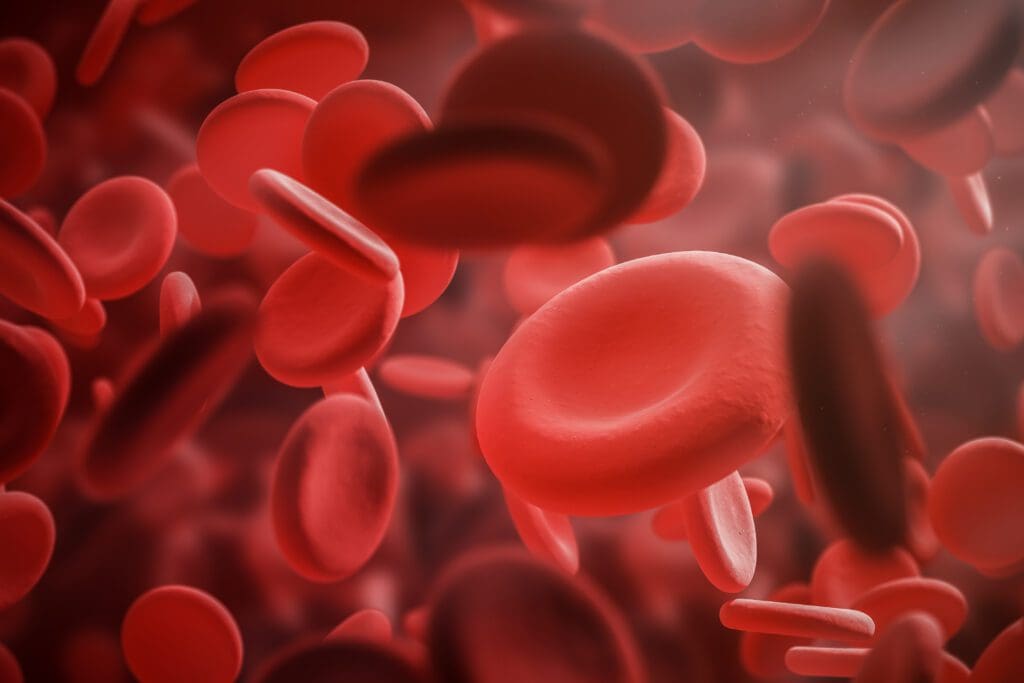Annual prescriptions for drugs to treat attention-deficit/hyperactivity disorder (ADHD) increased 157 percent in Ontario from 2015 to 2023, according to a new study from researchers at ICES, North York General, and The Hospital for…
Category: 6. Health
-

Study offers insight into how coffee and tea intake may influence bone health in older women
A new study from Flinders University offers insight into how two of the world’s most popular beverages, coffee and tea, may influence bone health in older women.
The research, published in the journal Nutrients, followed nearly…
Continue Reading
-

Early scans reveal prostate radiotherapy toxicity risk
Daily scans taken during prostate cancer radiotherapy could be repurposed to guide changes to treatment, reducing the risk of side effects, a study suggests.
Using AI, scientists found that images originally taken to help position…
Continue Reading
-

Study reveals stepwise formation of cerebellar projections in the developing brain
A team of researchers at the Institute for Neurosciences (IN), a joint center of the Spanish National Research Council (CSIC) and Miguel Hernández University of Elche (UMH), has reconstructed for the first time how the cerebellum…
Continue Reading
-

Study reveals how Ebola and Marburg viruses damage the human gut
Ebola (EBOV) and Marburg virus (MARV) are highly lethal viruses that cause severe disease in infected patients by extensively damaging the body. This includes the gastrointestinal tract. Severe diarrhea followed by dehydration is a…
Continue Reading
-

New CDC grant supports expansion of colorectal cancer screening across rural Pennsylvania
Increasing colorectal cancer screening rates among communities with the greatest need is the goal of a five-year, $4.2 million grant from the Centers for Disease Control and Prevention (CDC) to Penn State College of Medicine. The…
Continue Reading
-

Researchers identify enzyme linked to myelin damage and neurodegenerative conditions
Researchers at Oregon Health & Science University have identified a type of enzyme with a complicated name – cell migration inducing and hyaluronan-binding protein, or CEMIP – is associated with disorders ranging from multiple…
Continue Reading
-

Papua New Guinea grapples with HIV epidemic as it battles stigma and US aid cuts | Papua New Guinea
After battling illness for years, Nancy Karipa tested positive for HIV in 1999. She had just given birth to her first child. “It was a crossroads moment for me, with the fear of denial, but I chose action,” Karipa, who is now in her 50s, said…
Continue Reading
-
Briefing note – Influenza A(H3N2) subclade K (J.2.4.1), considerations for the Americas Region – 11 December 2025 – PAHO/WHO
The Pan American Health Organization / World Health Organization (PAHO/WHO) is issuing this Briefing Note to inform Member States about the influenza A(H3N2) situation related to subclade K in various regions of the world and to reiterate the…
Continue Reading
-

Platelet-inspired nanoparticle delivers drugs directly where they are needed
[image courtesy of denisismagilov/Adobe Stock]
Researchers at Case Western Reserve University and Haima Therapeutics used a “platelet-inspired nanoparticle” to deliver an anti-inflammatory drug. The drug was designed to improve the performance…
Continue Reading
